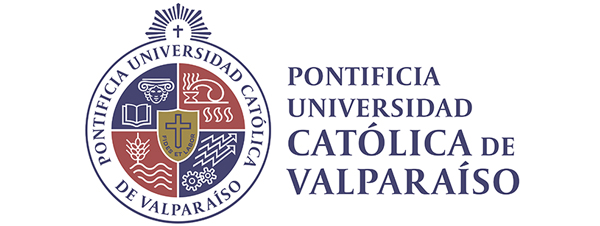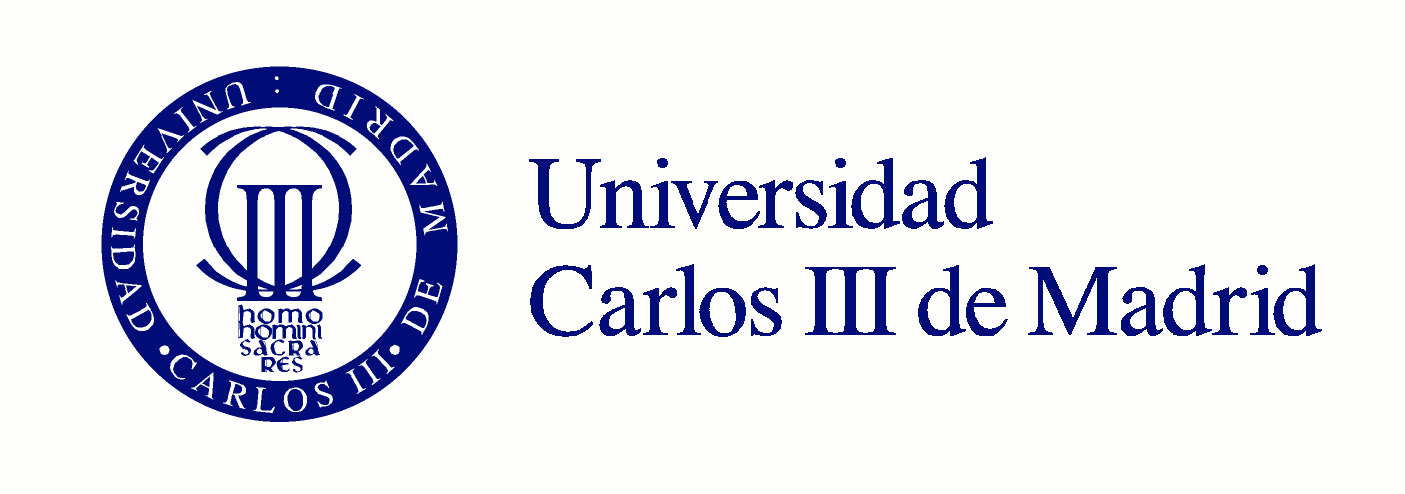Keynotes
|
| Keynote 1: |
|
Prof. Sergio A Velastin is Conex Research Professor in the Applied Artificial Intelligence Research Group at the Universidad Carlos III in Madrid. He trained and worked most of his life in the UK where he became Professor in Applied Computer Vision at Kingston University and where he was also director of the Digital Imaging Research Centre. He is also a Fellow of the Institution of Engineering and Technology (IET) and Senior Member of the IEEE where he was member of the Board of Governors of the Intelligent Transportation Society (IEEE-ITSS). Sergio has worked for many years in the field of artificial vision and its application to improve public safety especially in public transport systems. He co-founded Ipsotek Ltd and has worked, on projects with transport authorities in London, Rome, Paris etc in several EU Framework Programme projects.
Some applications of computer vision in transport engineering:
Computer vision research has been making steady progress for the last 20 years or so. Its practical applications are many
and many of them are becoming established such as automatic licence plate recognition, smartphone camera control,
simple surveillance, highway traffic flow and more recently autonomous driving. The talk will present some examples of
what computer vision systems can do in applications such as passenger monitoring in public transport networks and
vehicle monitoring in urban traffic and especially on detecting motorbikes, a mode of transport popular in emerging
countries but whose riders are involved in many fatal transport accidents.
|
| Keynote 2: |
|
Prof. Clovis Tauber is the leader of the Vector-valued image processing group in the "Imaging and Brain" UMR U1253 Inserm, Université de Tours, France. He trained in Toulouse, France where he obtained a PhD in Computer Science in 2005 and he was a post-doctoral fellow at Institut Pasteur, Paris
until 2008. He is now associate professor at the University of Tours. His research interests include medical image processing, in particular inverse problems for filtering, segmentation and reconstruction. He is focused on the development of specific approaches for vector-valued image processing, and translationnal research for medical and non-medical imaging. He has authored or co-authored 29 journal papers and more than 50 conferences papers.
Applications of vector-valued image processing in brain imaging:
Since the discovery of X-rays in 1895, medical imaging has known a very strong development that has accelerated in the last decades, leading to various imaging modalities such as Positron Emission Tomography, Magnetic Resonance Imaging or Raman spectroscopy. The increasing complexity and variety of the data has created a challenge to obtain meaningful insights from the information that is available. In particular, most of these new imaging modalities provide vector-valued data for which specific image processing approaches need to be developed. In this talk, I will present three recent works for PET image reconstruction, analysis and MRI tractography validation based on variationnal models, spectral unmixing, and stereo vision with haptic rendering.
|
| Keynote 3: |
|
Prof. John Atkinson is a full Professor and Director of the IT Center at the Faculty of Engineering and Sciences, Universidad Adolfo Ibañez (UAI), Santiago. Previously, he was a full professor and head of the Department of Computer Sciences, at the Universidad de Concepcion, Chile, and I was assistant professor at the Universidad Técnica Federico Santa Maria (Valparaiso, Chile). He obtained a PhD in Artificial Intelligence from University of Edinburgh, Scotland, UK. He has also been a visiting researcher at the University of Cambridge’s Isaac Newton for Mathematical Sciences (UK), IBM T.J. Watson Labs (New York, USA), and INRIA, Lorraine (France). In 2010, he received the ACM Senior Member Award for international contributions to computer sciences in the scientific and practical side.
In the last 25 years, he has also led several scientific and technological projects funded by national and international agencies, and private national companies. Currently, he is actively involved in basic and applied research in the areas of Natural-Language Processing, Text Analytics, Machine Learning, and Artificial Intelligence. Some of my research has currently being applied to address complex problems in private companies including intelligent text analysis and mining, predictive models for fraud detection, opinion mining, intelligent interfaces, and question-answering systems.
Introduction to Word Embedding Models:
Word embedding involves a set of language modelling and feature learning techniques in Natural Language Processing (NLP) where words or phrases from the vocabulary are mapped into vectors of real numbers. Classical methods to generate this mapping include neural networks-based techniques (i.e., Word2vec, Skip-Gram), Lexical Semantics based on dimensionality reduction, probabilistic models, etc. Word embeddings have shown to improve the performance in many NLP tasks such as sentiment analysis, semantic tagging, etc. In this talk, I will provide a brief introduction to word embedding techniques (i.e., LSA, Word2vec, Skip-gram, etc), current problems and challenges and applications in NLP and data analytics.
|
| Keynote 4: |
|
Prof. Domingo Mery is the Associate Dean for Research and Innovation of the School of Engineering at the Catholic University of Chile (UC). He is Professor in the Department of Computer Science at UC. He received the Diploma (M.Sc.) degree in Electrical Engineering from the Technical University of Karlsruhe, Germany, in 1992, and the Ph.D. degree with distinction at the Technical University of Berlin, in 2000. He was a Research Scientist at the Institute for Measurement and Automation Technology at the Technical University of Berlin with the collaboration of YXLON X-Ray International. He was a recipient of a Scholarship from the Konrad-Adenauer-Foundation, and from a Scholarship from the German Academic Exchange Service (DAAD) for his Ph.D. work. He was Associate Research in 2001 at the Department of Computer Engineering at the University of Santiago, Chile. Now, he is Full Professor at the Department of Computer Science at the Pontificia Universidad Católica de Chile (UC), Chile. He was Chair of the Computer Science Department in 2005-2009. He was Associate Visiting Professor at the Computer Vision Researh Lab of the University of Notre Dame in 2014-2015. He is Director of Research and Innovation of the School of Engineering at the UC. He serves as Associate Editor of IEEE Transactions on Information, Forensics and Security and the International Journal of Fuzzy Logic and Intelligent Systems. In addition, he is the Editor of I3 Journal for Research, Interdiscipline and Innovation at the School of Engineering (UC). His research interests include image processing for fault detection in aluminum castings, X-ray imaging, real-time programming and computer vision. He is author of more than 60 technical SCI publications, and more than 70 conference papers. He served as Local Co-chair ofICCV2015 (Santiago de Chile). He was program general chair of the PSIVT2007, program chair PSIVT2009 and General Co-chair of PSIVT2011 (Pacific-Rim Symposium on Image and Video Technology), and 2007 Iberoamerican Congress on Pattern Recognition.
X-ray Computer Vision for Baggage Inspection:
X-ray screening systems have been used to safeguard environments in which access control is of paramount importance. Security checkpoints have been placed at the entrances to many public places to detect prohibited items such as handguns and explosives. Generally, human operators are in charge of these tasks as automated recognition in baggage inspection is still far from perfect. Research and development on X-ray testing is,however, exploring new approaches based on computer vision that can be used to aid human operators. In this talk, we present the state of the art in computer vision for baggage inspection: several methods will be explained and evaluated. They are based on bag of words, sparse representations, deep learning and classic pattern recognition schemes among others. For each method, we i) present a brief explanation, ii) show experimental results on the same database, and iii) provide concluding remarks discussing pros and cons of each method.
|
Local organisation:


|
|
|

